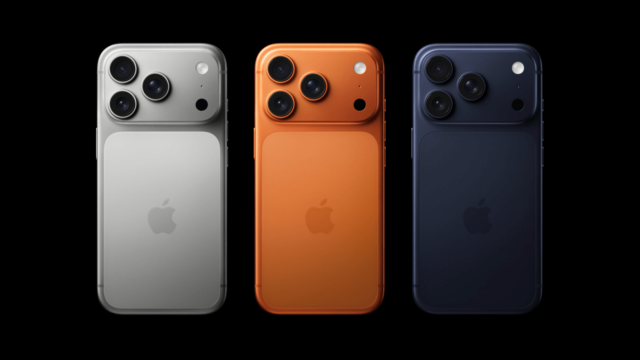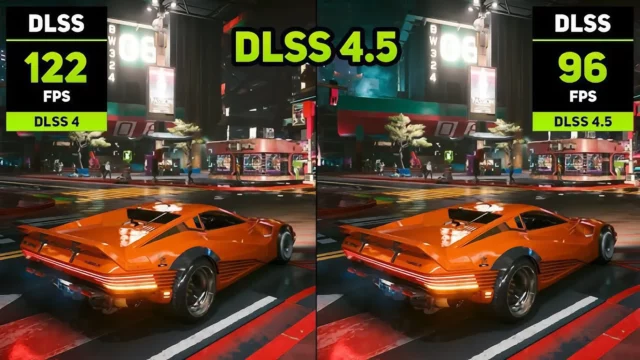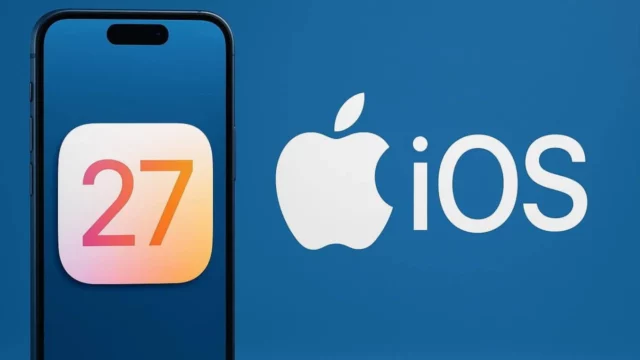There is a significant change in Apple’s display supply chain. China-based display manufacturer BOE is preparing to supply 51% of the LCD panels to be used in MacBook models. According to research company Omdia, with this development, BOE has overtaken LG Display and is becoming Apple’s largest supplier in this area.
Chinese manufacturer leaves LG behind
The relationship between BOE and Apple has been unstable for years. Although Apple wants to supply panels from BOE in order to reduce production costs, BOE sometimes has difficulty meeting quality standards. Due to Apple’s strict production criteria, BOE continues to fall behind in some product groups.

Finally, BOE could not meet Apple’s technical requirements for the OLED displays to be used in the iPhone 17 series. Apple is switching to LTPO OLED panel technology in all models in this series. LTPO OLED is preferred in Apple’s new generation flagship devices because it offers higher efficiency and screen refresh rate control. However, BOE was late in switching to this technology, and the panel supply for the iPhone 17 was limited to Samsung and LG.
BOE’s screen order for MacBook may be short-lived. It is stated that Apple plans to switch the MacBook series to “Tandem OLED” screens by 2025. Tandem OLED technology increases screen brightness and extends the life of the panel. With the switch to this technology, Apple is expected to turn to Samsung and LG again. This situation may cause BOE to lose its position in the MacBook series next year.
On the other hand, the possibility that Apple may include old-style LCD panels in more affordable MacBook models is also on the agenda. Examples such as the reuse of iPhone 14 panels in the iPhone 16e model may offer BOE new opportunities in different segments. BOE’s LCD panels may be used again, especially in lower-cost MacBook models that will work with iPhone chips.
Working with BOE provides a strategic advantage for Apple to balance its production costs. The iPhone 17 series is expected to be released with a price increase due to increasing production costs. However, BOE’s involvement in the supply process could help Apple offset these costs and keep prices stable. However, Apple remains cautious in its partnership with BOE due to some supply problems in the past.
All of these developments highlight the dynamics that are reshaping Apple’s display supply chain. While BOE has a big opportunity for MacBook, it continues to lag behind its competitors in terms of technological competence and sustainable quality.













